Build Your Project
Select Window Brand
for your window
Enter Dimensions & Quantity
Specify the exact size you need
Preview
Customize Your Window
Select colors and options
Review Your Selection
Confirm your window details before adding to the project
Complete Your Window Project Quote
Your Project Windows
Your Contact Information
How Much Do Replacement Windows Cost?
Replacement windows cost $300-$1,200 per window installed, with most homeowners paying around $600-$800 for quality vinyl or fiberglass windows. A full house window replacement project typically runs $6,000-$20,000 depending on window count, materials, and features. Basic vinyl windows start at $200-$400 each, mid-range options cost $500-$900, while premium wood or specialty windows can exceed $1,500 per window installed.
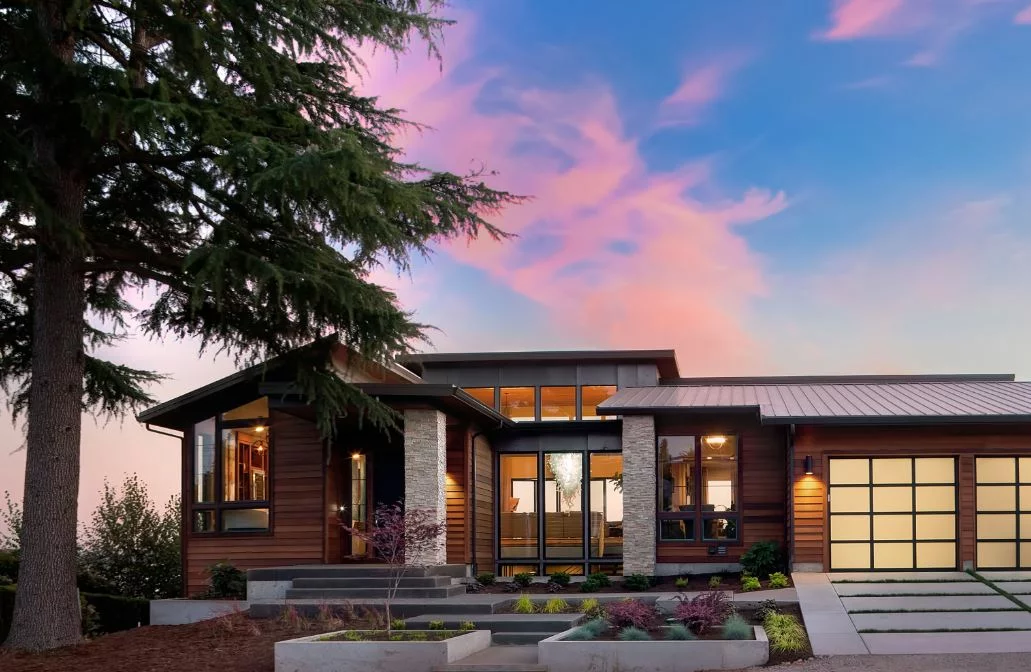
Average Replacement Window Costs
Cost by Window Material
Vinyl replacement windows (most popular):
- Budget vinyl: $200-$400 per window installed
- Standard vinyl: $400-$700 per window installed
- Premium vinyl: $600-$1,000 per window installed
- Custom colors: Add $50-$150 per window
Why vinyl is popular:
- Most affordable option for quality windows
- Low maintenance requirements
- Good energy efficiency
- Wide variety of styles and colors
- Long lifespan (20-30 years)
Wood replacement windows:
- Standard wood: $500-$1,000 per window installed
- Premium wood species: $800-$1,500 per window installed
- Custom millwork: $1,200-$2,500 per window installed
- Clad wood (wood interior, aluminum exterior): $700-$1,400 installed
Wood considerations:
- Beautiful, natural appearance
- Highest-end look for luxury homes
- Requires regular maintenance (painting/staining every 5-7 years)
- Excellent insulation properties
- Can rot if not properly maintained
Fiberglass replacement windows:
- Standard fiberglass: $450-$900 per window installed
- Premium fiberglass: $700-$1,300 per window installed
- Best durability and performance
- Most expensive non-wood option
Fiberglass benefits:
- Extremely durable (30-40 year lifespan)
- Superior energy efficiency
- Low maintenance like vinyl
- Can be painted
- Handles extreme temperatures best
Aluminum replacement windows:
- Standard aluminum: $300-$700 per window installed
- Thermally broken aluminum: $500-$1,000 per window installed
- Common in commercial applications
- Very durable but less energy efficient
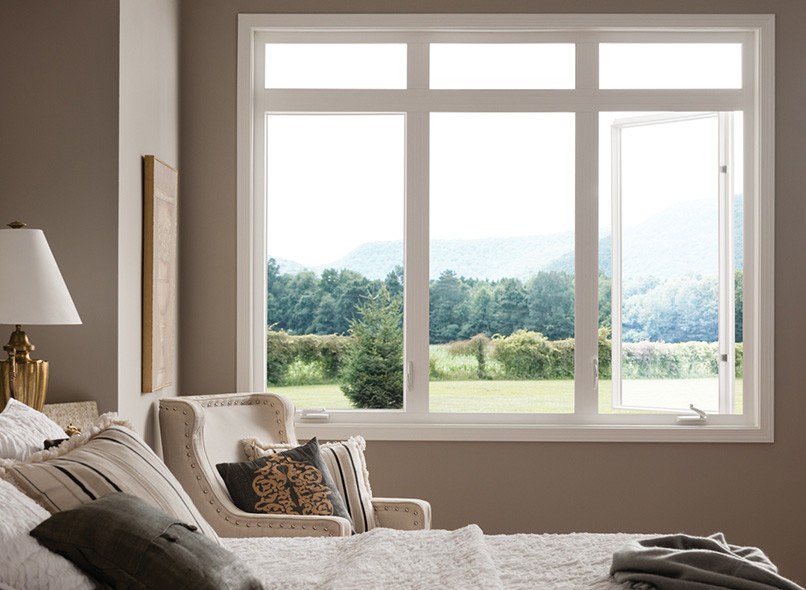
Cost by Window Style
Double-hung windows (most common):
- Budget: $250-$450 installed
- Mid-range: $450-$750 installed
- Premium: $700-$1,200 installed
- Both sashes move up and down
- Easy to clean (sashes tilt in)
Single-hung windows:
- Budget: $200-$400 installed
- Mid-range: $400-$650 installed
- Premium: $600-$1,000 installed
- Only bottom sash moves
- Less expensive than double-hung
Casement windows:
- Budget: $350-$600 installed
- Mid-range: $550-$900 installed
- Premium: $800-$1,400 installed
- Crank operation, hinged on side
- Excellent ventilation and energy efficiency
Sliding windows:
- Budget: $250-$500 installed
- Mid-range: $450-$800 installed
- Premium: $700-$1,200 installed
- Horizontal sliding operation
- Good for wide openings
Picture windows (fixed, non-opening):
- Budget: $300-$600 installed
- Mid-range: $500-$1,000 installed
- Premium: $900-$1,800 installed
- Prices vary greatly by size
- Most energy efficient (no moving parts)
Bay and bow windows:
- Budget: $1,500-$3,000 installed
- Mid-range: $2,500-$5,000 installed
- Premium: $4,000-$8,000+ installed
- Complex installation
- Multiple windows in projecting frame
Specialty shapes (arches, circles, triangles):
- Custom pricing: $500-$2,500+ per window
- Requires custom manufacturing
- Longer lead times
- Higher installation complexity
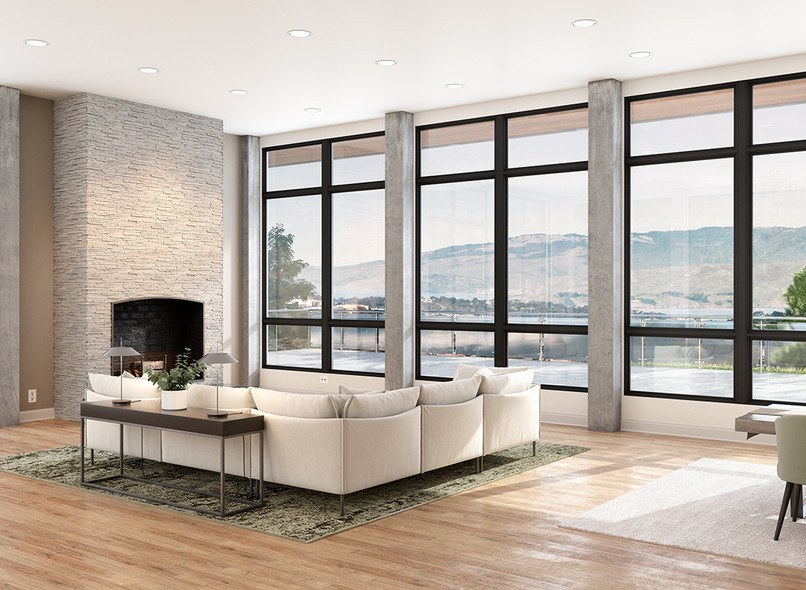
What’s Included in Window Replacement Cost
Material Costs
The window unit itself:
- Frame and sash construction
- Glass (single, double, or triple-pane)
- Hardware (locks, cranks, hinges)
- Weatherstripping and seals
- Screen (usually included)
Typical material cost breakdown:
- Budget windows: $150-$300 per window
- Mid-range windows: $300-$600 per window
- Premium windows: $600-$1,200+ per window
Additional materials:
- Insulation foam or spray: $10-$30 per window
- Caulk and sealants: $5-$15 per window
- Interior trim: $20-$100 per window
- Exterior trim: $30-$150 per window
- Paint or stain: $15-$50 per window
Labor Costs
Standard installation:
- Basic replacement: $100-$250 per window
- Includes removal and new window installation
- Average time: 1-2 hours per window
Labor factors affecting cost:
- Window size and weight
- Accessibility (ground floor vs. upper floors)
- Condition of existing frame
- Trim work required
- Geographic location
Additional labor charges:
- Structural repairs: $100-$500 per window
- Custom trim work: $75-$300 per window
- Drywall repair: $50-$200 per window
- Painting: $50-$150 per window
- Debris removal: $50-$150 total project
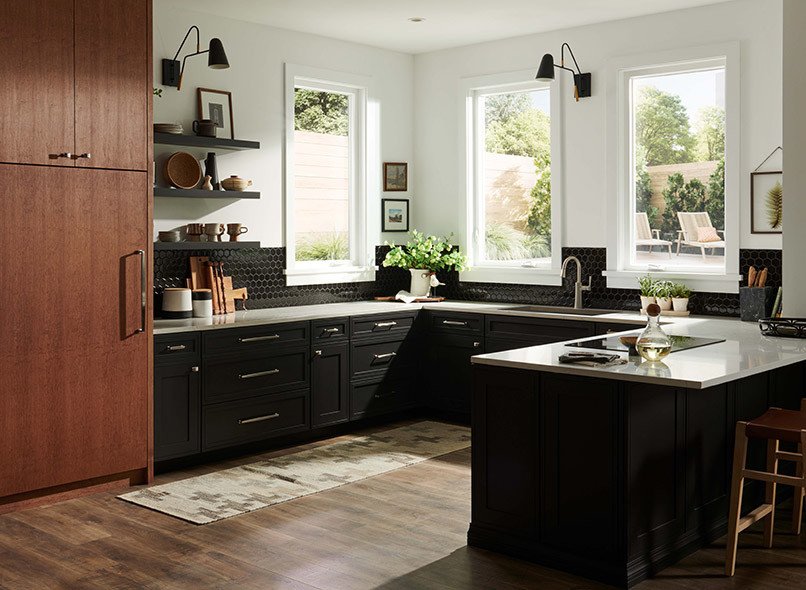
Factors That Affect Window Replacement Cost
Window Size
Standard sizes (most affordable):
- 24″ x 36″: Base pricing
- 30″ x 48″: Add 15-25%
- 36″ x 60″: Add 30-40%
Large windows:
- 48″ x 72″: Add 50-75%
- 60″ x 84″: Add 75-100%
- Oversized: Custom pricing, 100-200% premium
Why size matters:
- More materials required
- Heavier, more difficult to install
- May need special handling equipment
- Structural support considerations
Energy Efficiency Features
Basic energy features (usually included):
- Double-pane glass: Standard
- Basic weatherstripping: Standard
- Standard frame insulation: Standard
Energy upgrades that cost more:
- Low-E (low-emissivity) coatings: Add $30-$100 per window
- Argon gas fill between panes: Add $25-$75 per window
- Triple-pane glass: Add $150-$400 per window
- Krypton gas fill: Add $100-$250 per window
- Warm-edge spacers: Add $20-$60 per window
Energy ratings explained:
- U-Factor: Measures insulation (lower is better)
- Solar Heat Gain Coefficient (SHGC): Measures solar heat transmission
- ENERGY STAR certification: Meets efficiency standards for your climate
Energy savings potential:
- Annual savings: $100-$500 depending on climate
- Payback period: 8-15 years typically
- Increased home comfort
- Reduced HVAC system strain
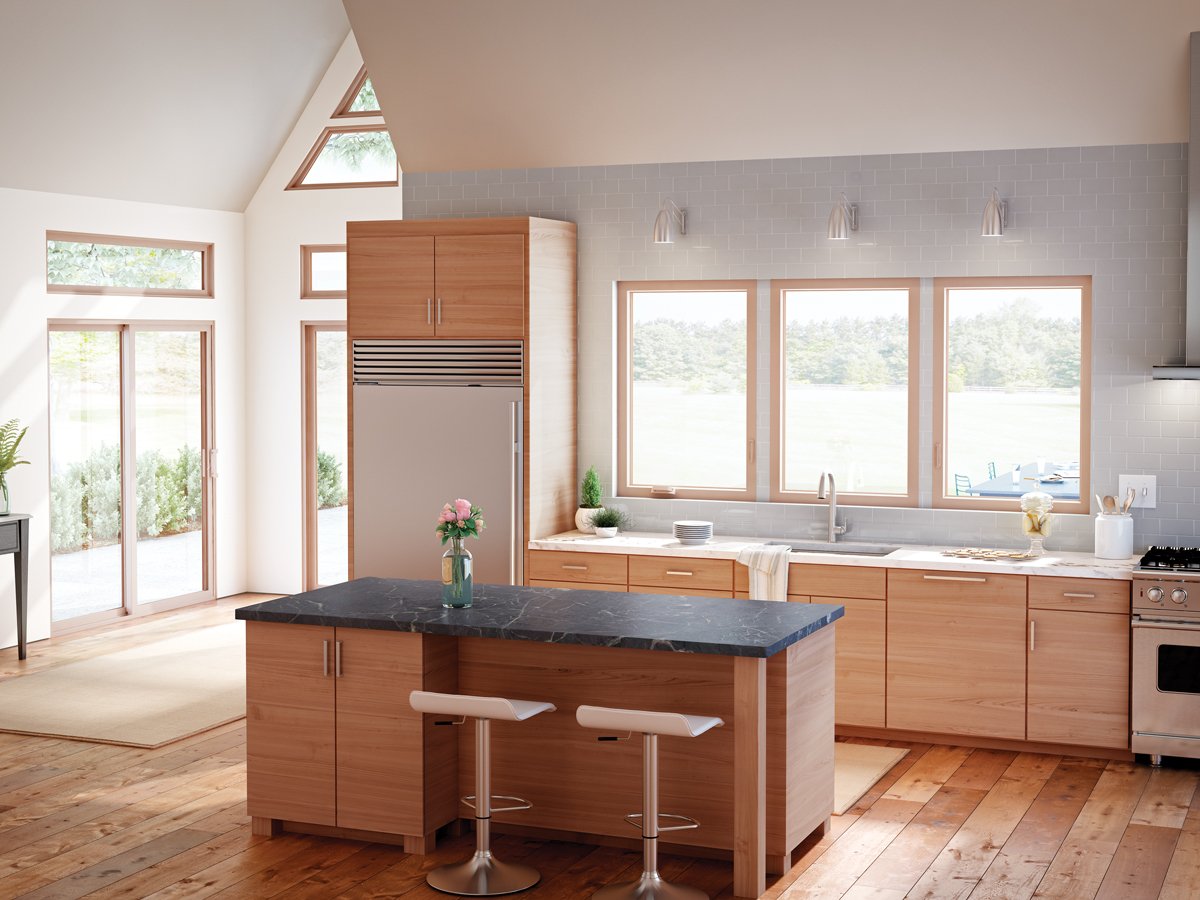
Installation Type
Insert/retrofit replacement (least expensive):
- New window fits into existing frame
- No exterior work required
- Faster installation (1-2 hours)
- Cost: Base pricing
- Best when frame is in good condition
Full-frame replacement (more expensive):
- Complete removal including frame
- New frame and window installed
- Required for damaged frames
- Cost: Add $100-$300 per window
- Better for major upgrades
New construction windows:
- For new openings or additions
- Includes nailing fins
- Most complex installation
- Cost: $400-$1,500+ per window
- Requires structural work
Number of Windows
Volume discounts:
- Single window: Full retail pricing
- 5-10 windows: 10-15% discount typical
- 10-15 windows: 15-20% discount
- 15+ windows: 20-30% discount possible
Whole house replacement benefits:
- Better per-window pricing
- Consistent quality throughout
- Single installation period
- Uniform warranties
- Better energy efficiency
Geographic Location
High-cost markets (20-35% above average):
- San Francisco Bay Area
- New York Metro
- Los Angeles
- Seattle
- Boston
Moderate-cost markets (national average):
- Phoenix
- Denver
- Dallas
- Salt Lake City
- Atlanta
Lower-cost markets (15-25% below average):
- Rural areas
- Small cities
- Midwest locations
- Areas with lower cost of living
Regional factors:
- Local labor rates
- Building code requirements
- Permit costs
- Competition among contractors
- Seasonal demand
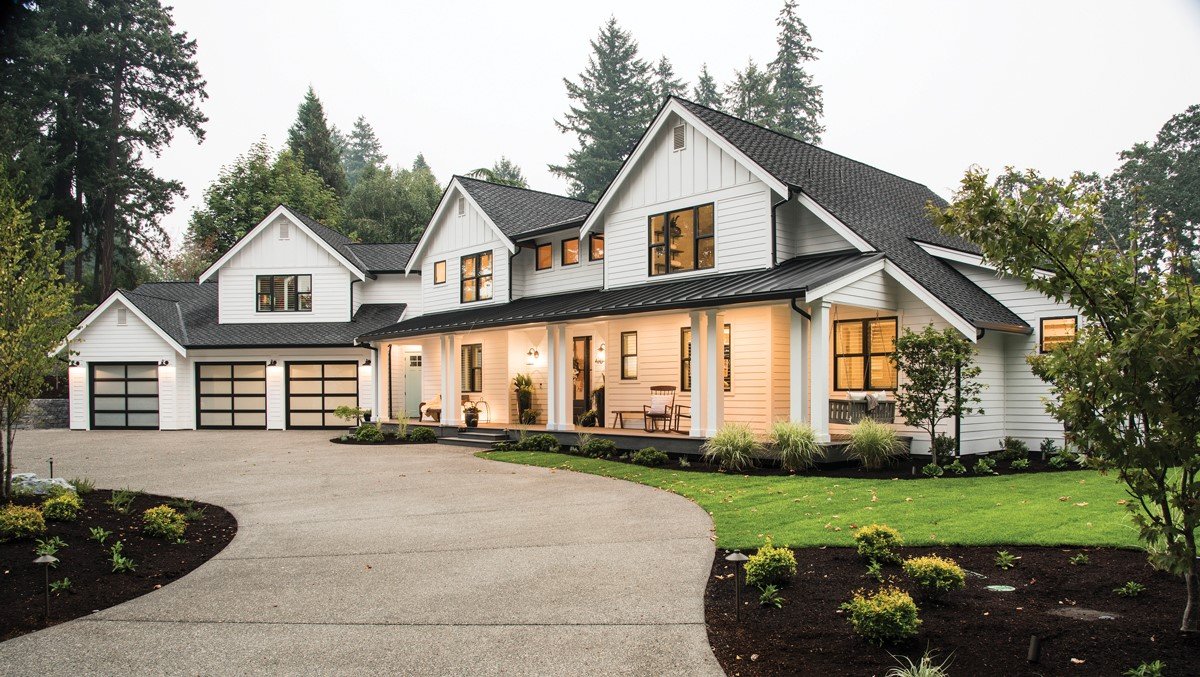
Total Project Cost Examples
Small Project (5-8 Windows)
Budget scenario:
- 6 standard vinyl double-hung windows
- Basic double-pane, white frames
- Standard installation
- Materials: $1,500-$2,400
- Labor: $600-$1,200
- Total: $2,100-$3,600
Mid-range scenario:
- 6 quality vinyl windows with Low-E glass
- Custom colors, better hardware
- Professional installation with trim
- Materials: $2,400-$3,600
- Labor: $900-$1,500
- Total: $3,300-$5,100
Medium Project (10-15 Windows)
Budget scenario:
- 12 vinyl windows, mixed styles
- Standard energy features
- Basic installation
- Materials: $3,000-$4,800
- Labor: $1,800-$3,000
- Total: $4,800-$7,800
Mid-range scenario:
- 12 quality windows with upgrades
- Low-E glass, argon fill
- Full installation with trim work
- Materials: $4,800-$7,200
- Labor: $2,400-$3,600
- Total: $7,200-$10,800
Premium scenario:
- 12 fiberglass or wood windows
- Triple-pane, advanced features
- Custom trim and finishing
- Materials: $8,400-$14,400
- Labor: $3,000-$4,800
- Total: $11,400-$19,200
Large Project (15-25 Windows)
Budget scenario:
- 20 vinyl windows
- Standard features
- Basic installation
- Materials: $5,000-$8,000
- Labor: $3,000-$5,000
- Total: $8,000-$13,000
Mid-range scenario:
- 20 quality windows
- Energy efficient features
- Professional installation
- Materials: $8,000-$12,000
- Labor: $4,000-$6,000
- Total: $12,000-$18,000
Premium scenario:
- 20 high-end windows
- Maximum efficiency
- Custom features and trim
- Materials: $14,000-$24,000
- Labor: $5,000-$8,000
- Total: $19,000-$32,000
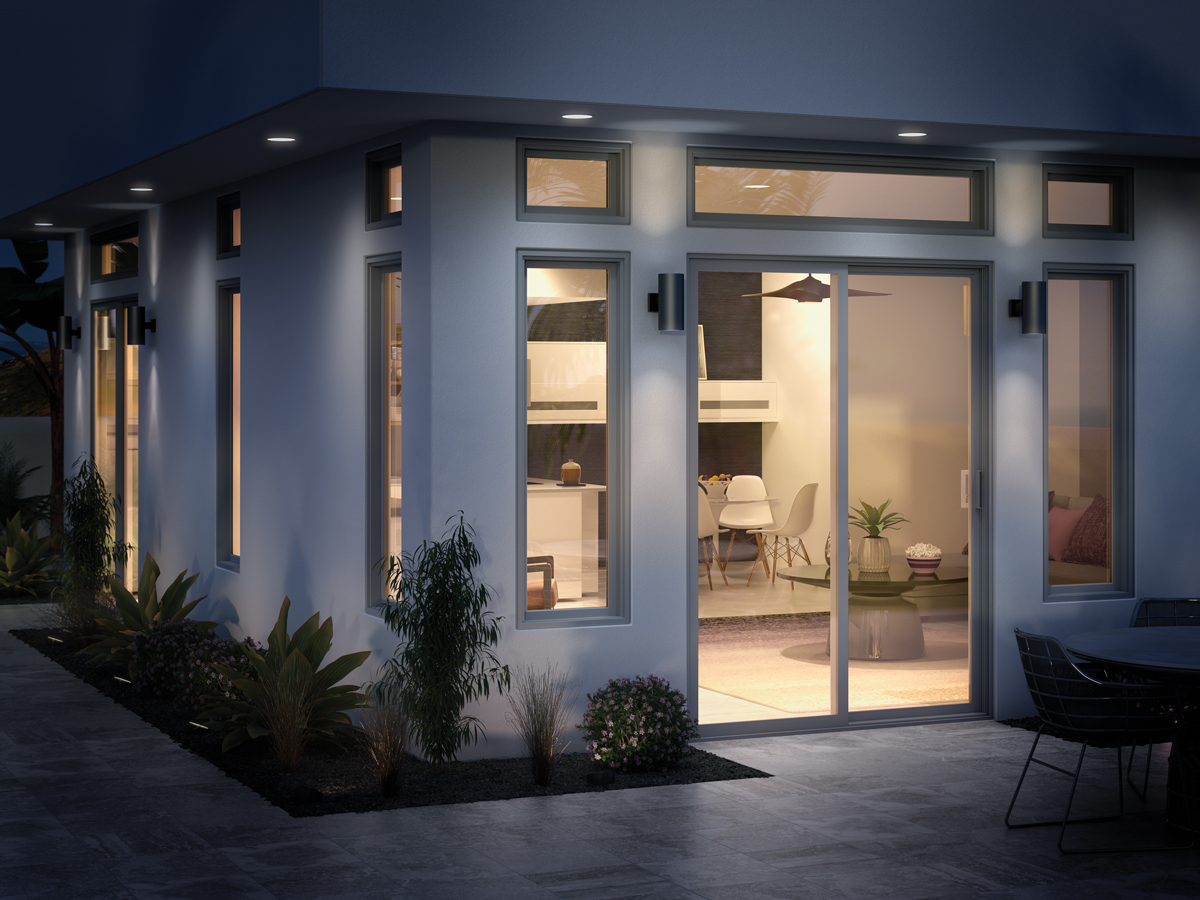
Hidden Costs and Additional Expenses
Common Unexpected Costs
Structural issues discovered:
- Rotted wood framing: $200-$800 per window
- Water damage repair: $300-$1,500 per window
- Insulation replacement: $50-$200 per window
- Mold remediation: $500-$3,000 total project
Permits and inspections:
- Building permits: $50-$300 total project
- Inspection fees: $50-$150
- Code upgrades: $100-$500 per window
- Historic district approvals: $100-$500
Site preparation:
- Moving furniture: $0-$200
- Landscaping protection: $50-$200
- Driveway protection: $50-$150
- Cleanup and disposal: $100-$400
Finishing work:
- Interior trim replacement: $75-$300 per window
- Exterior trim: $100-$400 per window
- Drywall repair: $75-$250 per window
- Painting: $75-$200 per window
- Staining or refinishing: $100-$300 per window
Budget Contingency Planning
Recommended contingency:
- Add 10-15% to quoted price
- Covers unexpected issues
- Prevents project delays
- Reduces stress during installation
Example for $10,000 project:
- Base quote: $10,000
- 15% contingency: $1,500
- Total budget: $11,500
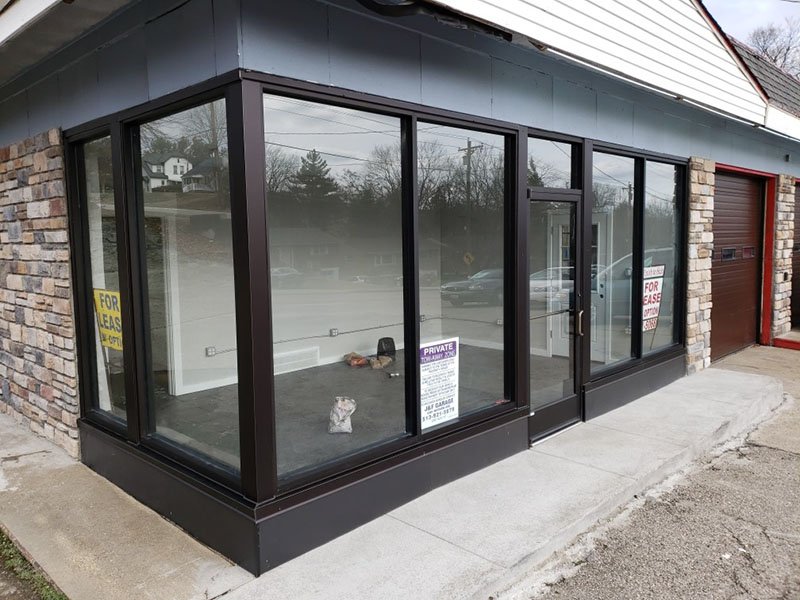
Ways to Save Money on Window Replacement
Timing Your Project
Best times to buy:
- Fall/winter (off-season): Save 10-20%
- End of year clearance: Save 15-25%
- Spring promotions: Save 10-15%
- Black Friday/holiday sales: Various discounts
Avoiding peak season:
- Spring and summer most expensive
- Longer wait times
- Limited contractor availability
- Higher demand = higher prices
Material Selection Strategies
Smart savings without sacrificing quality:
- Choose vinyl over wood: Save 40-60%
- Standard colors vs. custom: Save $50-$150 per window
- Double-pane vs. triple-pane: Save $150-$400 per window
- Standard sizes vs. custom: Save 20-40%
- Essential features only: Save $50-$200 per window
Where not to cut corners:
- Installation quality (hire professionals)
- Basic energy efficiency features
- Proper weatherproofing
- Quality frame materials
- Warranty coverage
Getting the Best Price
Shopping strategies:
- Get 3-5 detailed written quotes
- Compare apples to apples (same specs)
- Ask about package deals
- Negotiate on volume purchases
- Check for manufacturer rebates
Questions to ask contractors:
- What’s included in the price?
- Any additional fees or charges?
- Warranty coverage details?
- Payment schedule?
- Timeline for completion?
Red flags to avoid:
- Significantly low bids (too good to be true)
- Pressure to sign immediately
- No local references
- Vague contract terms
- Request for full payment upfront
Rebates and Incentives
Federal tax credits:
- Energy-efficient windows: Up to 30% of cost (check current programs)
- Maximum amounts vary
- Must meet ENERGY STAR requirements
- Keep receipts and documentation
Utility company rebates:
- Local programs: $50-$300 per window
- Check with your utility provider
- May have specific requirements
- Application process varies
State and local incentives:
- Varies by location
- Low-interest loans sometimes available
- Property tax benefits in some areas
- Historic preservation grants
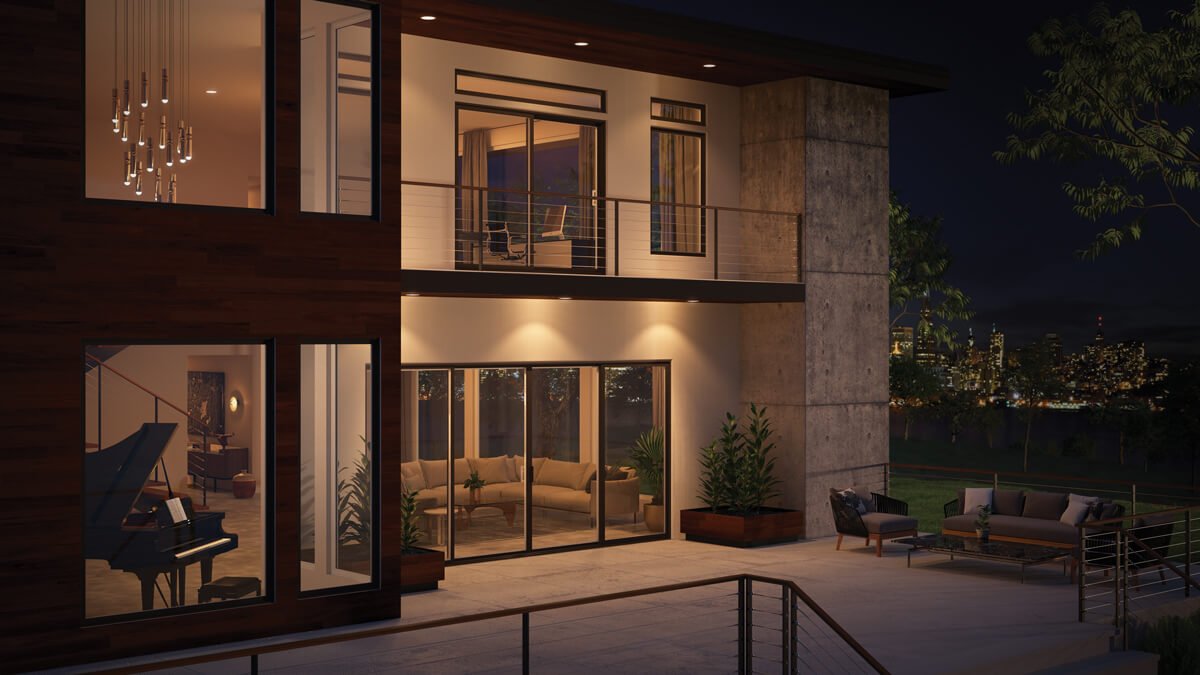
DIY vs. Professional Installation
DIY Window Replacement
Potential savings:
- Labor cost elimination: $100-$250 per window
- Total DIY cost: $200-$800 per window (materials only)
- Savings: 30-40% of total project cost
DIY requirements:
- Moderate to advanced skill level
- Proper tools ($100-$300 investment)
- Helper for heavy lifting
- Time investment (3-5 hours per window first time)
- Understanding of building codes
Suitable for DIY:
- Insert/retrofit replacements
- Standard-sized windows
- Ground floor installations
- Good existing frame condition
- Non-structural work only
Not recommended for DIY:
- Full-frame replacements
- Large or heavy windows
- Upper-story installations
- Structural modifications
- Historic homes
Professional Installation Benefits
Why hire professionals:
- Proper installation guaranteed
- Warranty coverage
- Faster completion (1-2 hours per window)
- Liability insurance protection
- Code compliance ensured
- No risk of costly mistakes
Professional installation includes:
- Accurate measurement
- Proper removal of old windows
- Structural assessment
- Correct installation techniques
- Weatherproofing and insulation
- Hardware adjustment
- Cleanup and disposal
- Final inspection
Cost vs. value:
- Installation: $100-$250 per window
- Prevents problems: Worth $500-$2,000 in potential repairs
- Warranty protection: Valuable long-term
- Peace of mind: Priceless
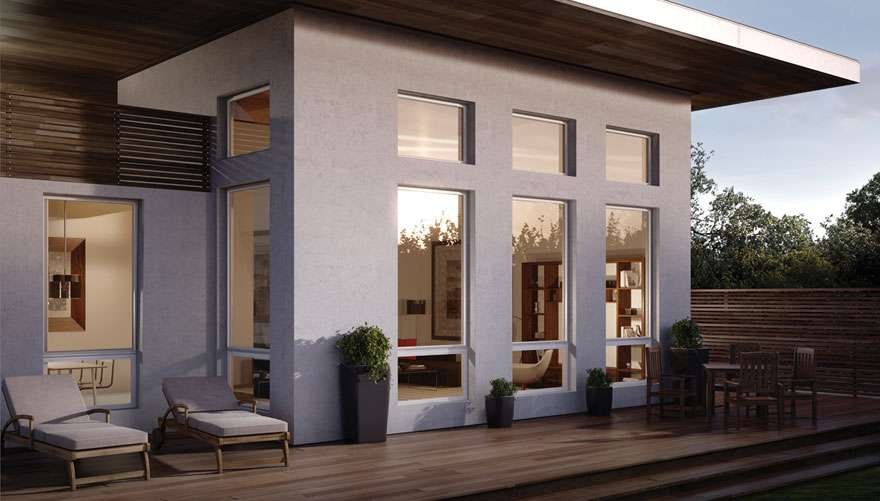
Return on Investment
Home Value Impact
Resale value increase:
- Mid-range replacement: 70-75% ROI
- Upscale replacement: 65-70% ROI
- Improved curb appeal
- Faster home sales
- Broader buyer appeal
Market factors affecting ROI:
- Local real estate market
- Age of existing windows
- Quality of replacement windows
- Overall home value
- Neighborhood standards
Energy Savings
Annual energy cost reduction:
- Replacing single-pane: $200-$500 per year
- Upgrading old double-pane: $100-$300 per year
- Climate significantly affects savings
Payback period:
- Energy-efficient windows: 8-15 years typical
- Premium upgrades: 12-20 years
- Varies by climate and energy costs
Additional comfort benefits:
- More consistent temperatures
- Reduced drafts
- Better humidity control
- Noise reduction
- UV protection for furnishings
Long-Term Value
Lifespan by material:
- Vinyl: 20-30 years
- Wood (well-maintained): 25-30+ years
- Fiberglass: 30-40 years
- Aluminum: 20-30 years
Cost per year of ownership:
- $600 window lasting 25 years: $24/year
- Plus energy savings
- Plus comfort improvements
- Minimal maintenance costs
Financing Options
Payment Methods
Cash payment:
- Best overall pricing
- No interest charges
- Immediate project start
- Full control over budget
Home equity loan/HELOC:
- Lower interest rates: 3-7% typical
- Larger amounts available
- Tax-deductible interest (consult tax advisor)
- Longer repayment terms
Personal loans:
- No collateral required
- Higher interest rates: 6-15%
- Faster approval process
- Shorter repayment terms
Contractor financing:
- Often 0% promotional rates (6-18 months)
- May have deferred interest
- Higher rates after promotional period
- Convenient one-stop shopping
Credit cards:
- Rewards points/cash back
- Should pay off quickly
- High interest rates if carrying balance
- Good for smaller projects
Budget Planning
Determining your budget:
- Assess current financial situation
- Get pre-qualified for financing if needed
- Factor in contingency (10-15%)
- Consider energy savings in calculations
- Plan for maintenance costs
Phased approach:
- Replace most critical windows first
- Spread cost over multiple years
- Start with most visible areas
- Address problem windows immediately
- Complete project systematically
The Bottom Line
Replacement windows cost $300-$1,200 per window installed, with most homeowners paying $600-$800 for quality vinyl windows with good energy features. Total project costs range from $2,000 for a few budget windows to $30,000+ for whole-house premium installations.
Your final cost depends on window material (vinyl is most affordable), size, energy features, number of windows, and installation complexity. Get multiple detailed quotes, verify contractor credentials, and understand exactly what’s included before making decisions.
Energy-efficient windows typically pay for themselves through utility savings in 8-15 years while improving home comfort and value. Focus your budget on appropriate quality for your home’s value and your expected length of ownership.
Plan for 10-15% contingency for unexpected issues like frame repairs or structural work. Professional installation is worth the cost for proper performance, warranty coverage, and long-term satisfaction.
At Utah Window Experts, we provide transparent, detailed pricing for window replacement projects of all sizes. Our experienced team helps you select the right windows for your budget and needs, with professional installation and comprehensive warranties. Contact us for a free, no-obligation estimate.
